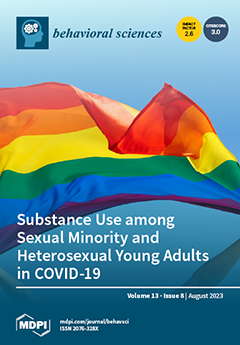Background: The purpose of this study was to analyze the mediating effects of social networks and wisdom on the relationship between lifestyle habits and healthy aging in older adults with chronic diseases. Methods: Participants were 120 community-dwelling older adults aged 65 and older with at least one chronic disease. Data were collected from elderly people by visiting nursing care worker training centers, senior centers, social gatherings, and home welfare centers in D, G, and S cities, with a questionnaire of lifestyle habits, social networks, wisdom and healthy aging, and general characteristics. Results: There were differences in the degree of healthy aging according to age (F = 3.76,
p = 0.026), spousal relationship (t = 3.11,
p = 0.002), education (F = 9.08,
p < 0.001), number of diseases (F = 8.65,
p < 0.001), and economic level (t = −2.45,
p = 0.016). The most common diseases among the subjects were hypertension, hyperlipidemia, joint diseases and diabetes mellitus. Social networks (β = 0.46,
p < 0.001) and wisdom (β = 0.55,
p < 0.001) had partial mediating effects (z = 4.15,
p < 0.001; z = 5.11,
p < 0.001) on the relationship between subjects’ lifestyle habits and healthy aging. Conclusions: To increase the degree of healthy aging of subjects, it is necessary to establish a mediating intervention program that manages to have good lifestyle habits in daily life, increase social networks, and become wise.
Full article
 to open them.
to open them.





